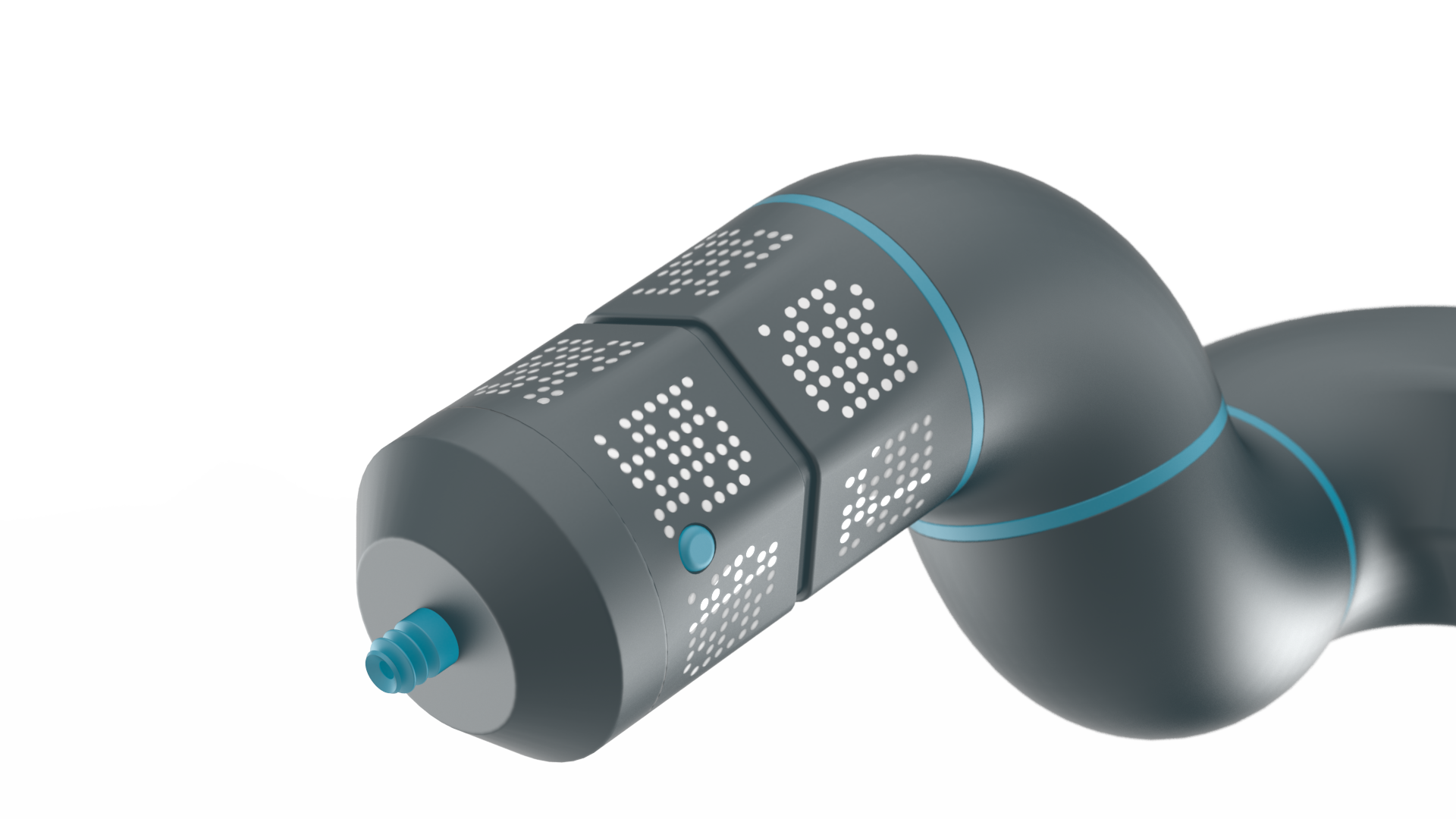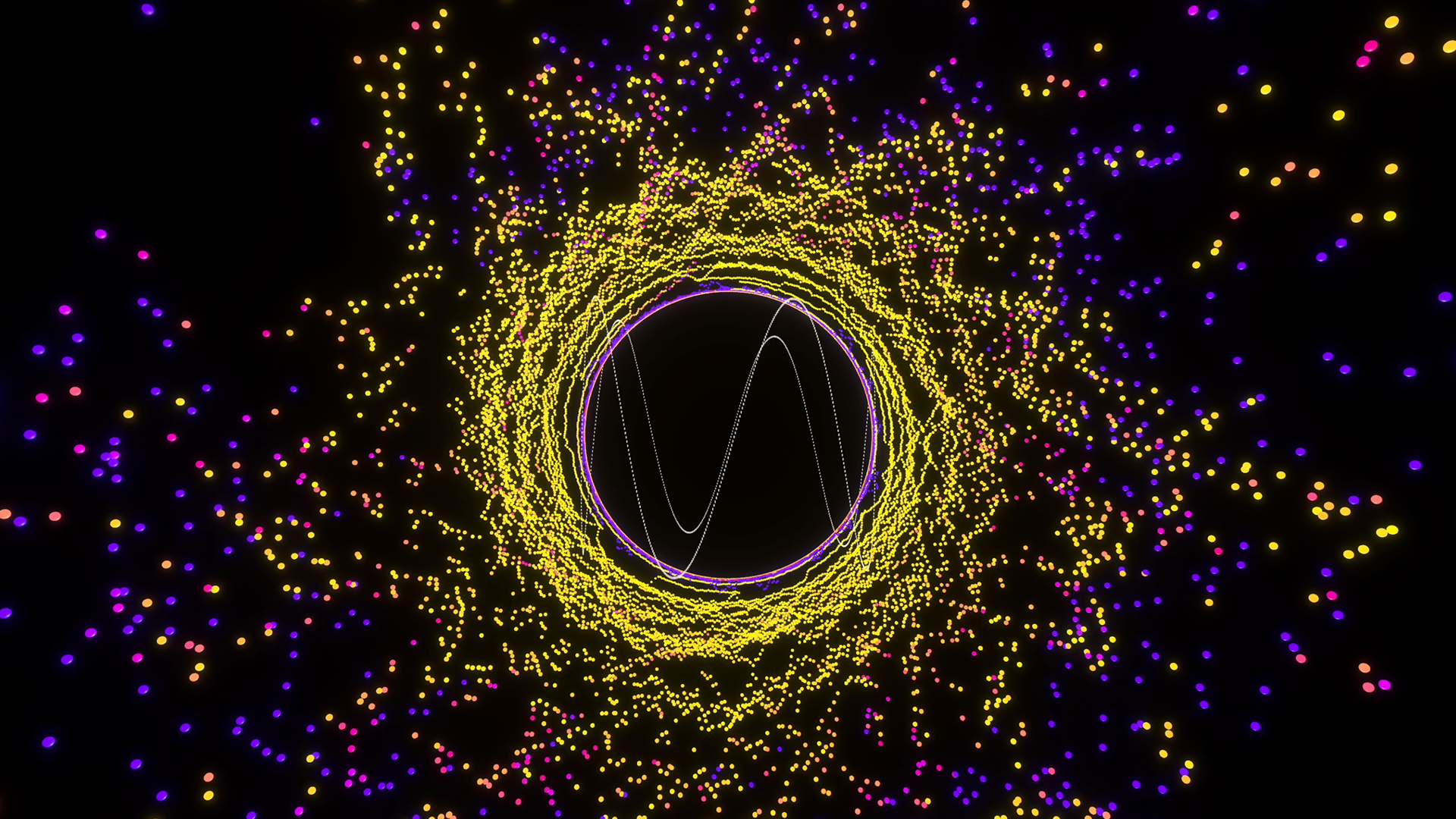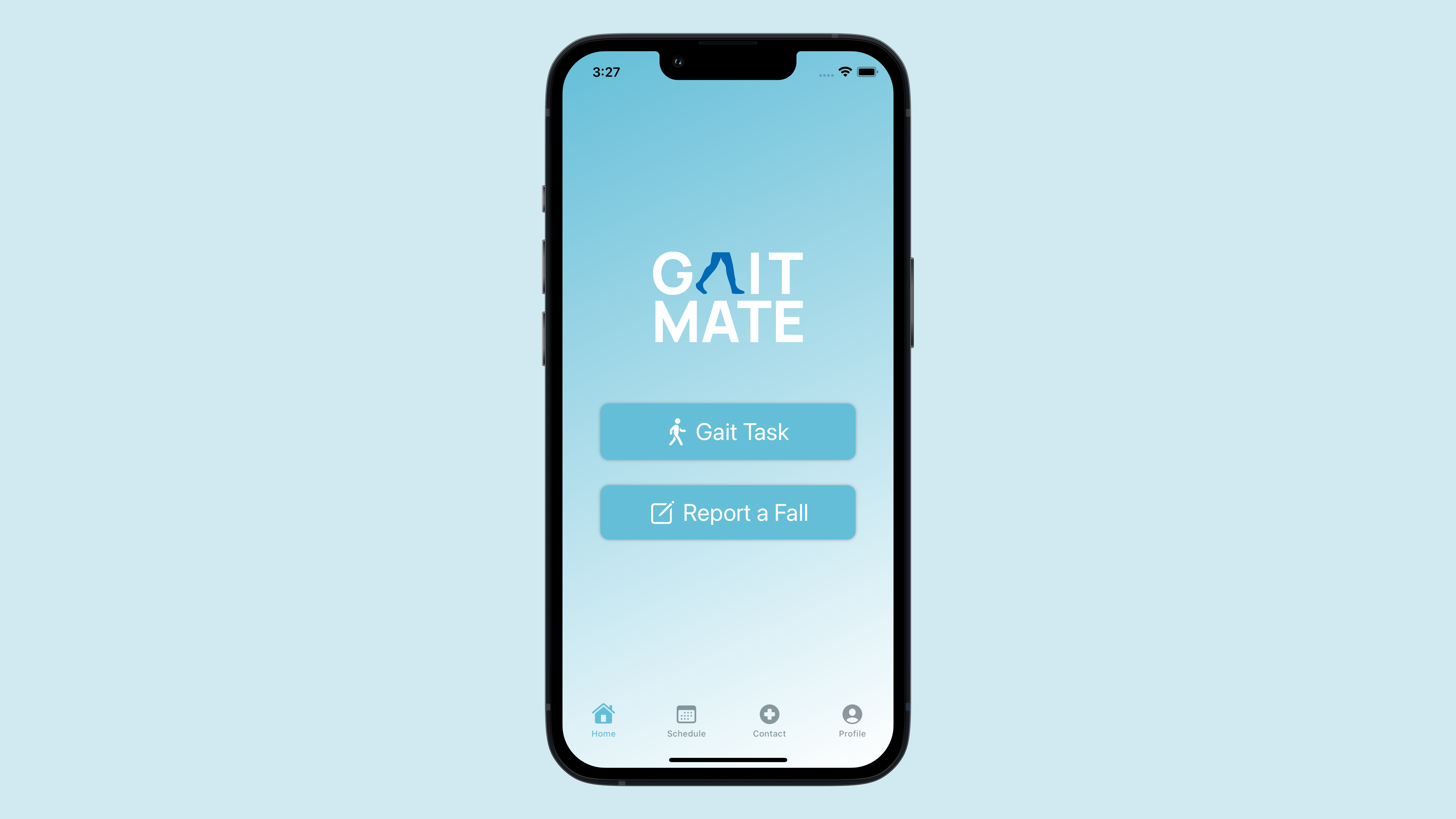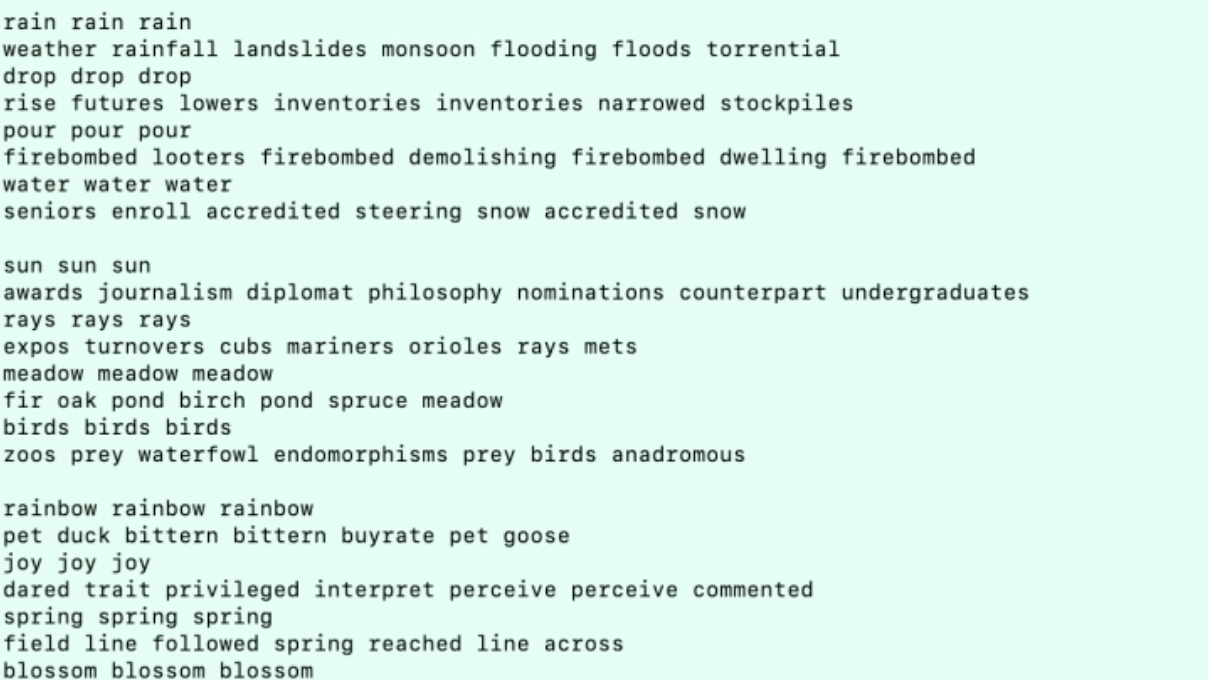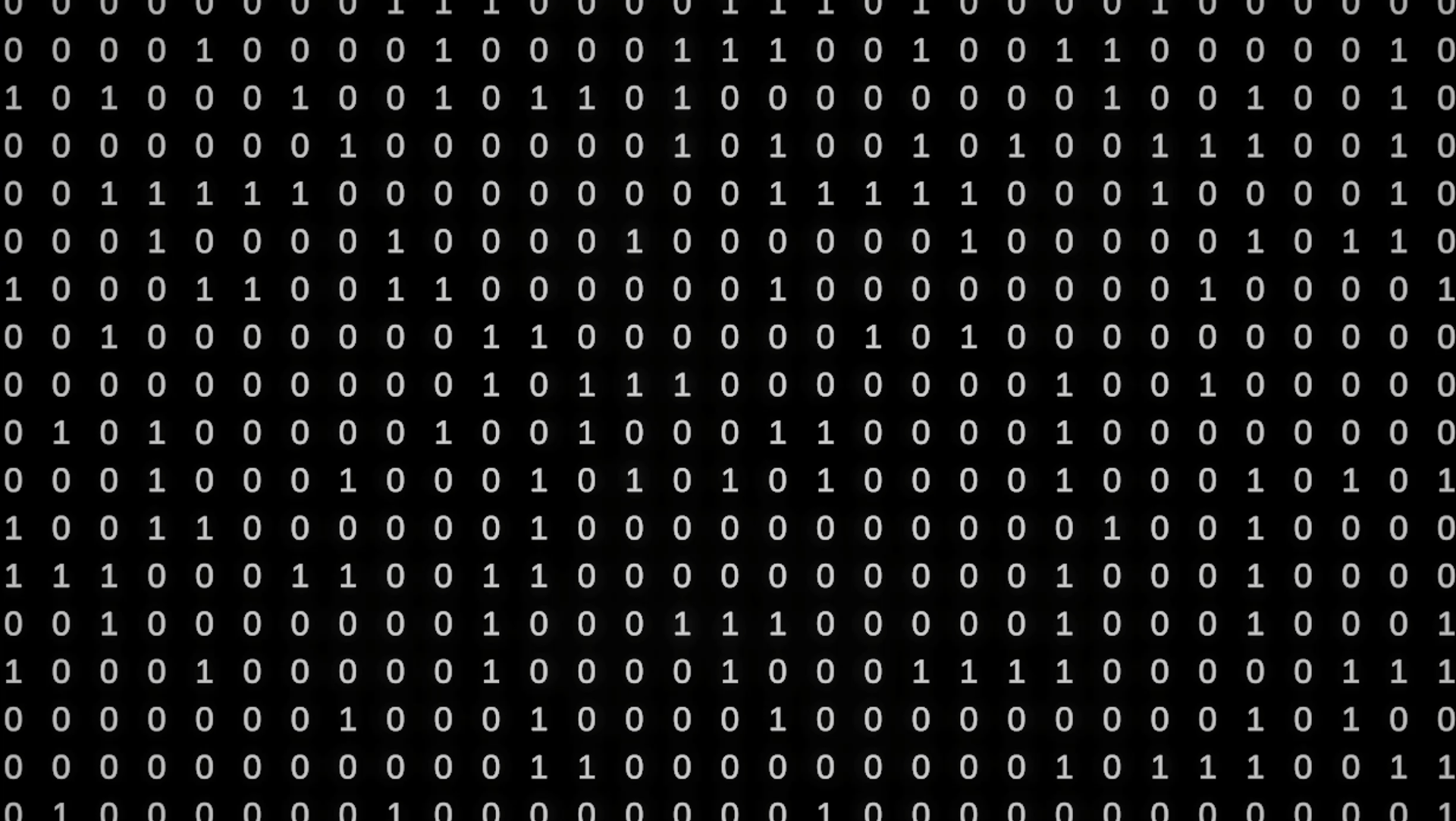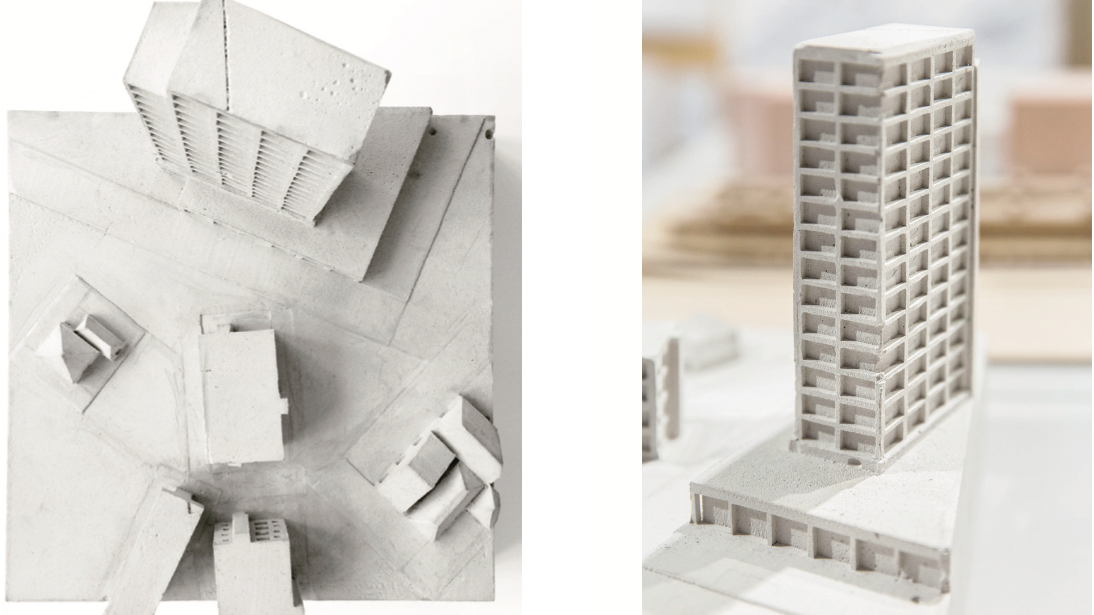"The essence of life is change, a panoply of growth and decay.”
- M Scott Peck
- M Scott Peck
Objective
design and prototype an interactive software tool, using audio programming
and integrating real-time audio and graphics
design and prototype an interactive software tool, using audio programming
and integrating real-time audio and graphics
Outcome
an expressive tool for creating ephemeral drawings using sound
an expressive tool for creating ephemeral drawings using sound
Particle Paint is an expressive tool inviting the player to reflect on the ephemerality of life. The tool allows the creation of an ephemeral drawing using sound. Our existence - like the modality of sound - is fleeting and always happening in the now.
Growth and Decay
The tool includes a pause mode, providing the player the option to escape the ephemerality of life. When on hold, the drawing can be enhanced by adding strokes to a seemingly constant canvas. Once the player exits the pause mode, the drawing faints. Time does not stand still after all, and what is created in this dream mode cannot be saved or taken back into the eternal flow of time.
The tool includes a pause mode, providing the player the option to escape the ephemerality of life. When on hold, the drawing can be enhanced by adding strokes to a seemingly constant canvas. Once the player exits the pause mode, the drawing faints. Time does not stand still after all, and what is created in this dream mode cannot be saved or taken back into the eternal flow of time.
Contemplation
Particle Paint further contains a secret mode only visible to the attentive. Unlike the expressive nature of the tool, this mode invites the user to sit and contemplate. An audiovisual drawing unflods in front of the user's eyes; the colors maped to the sound's pitch.
Particle Paint further contains a secret mode only visible to the attentive. Unlike the expressive nature of the tool, this mode invites the user to sit and contemplate. An audiovisual drawing unflods in front of the user's eyes; the colors maped to the sound's pitch.
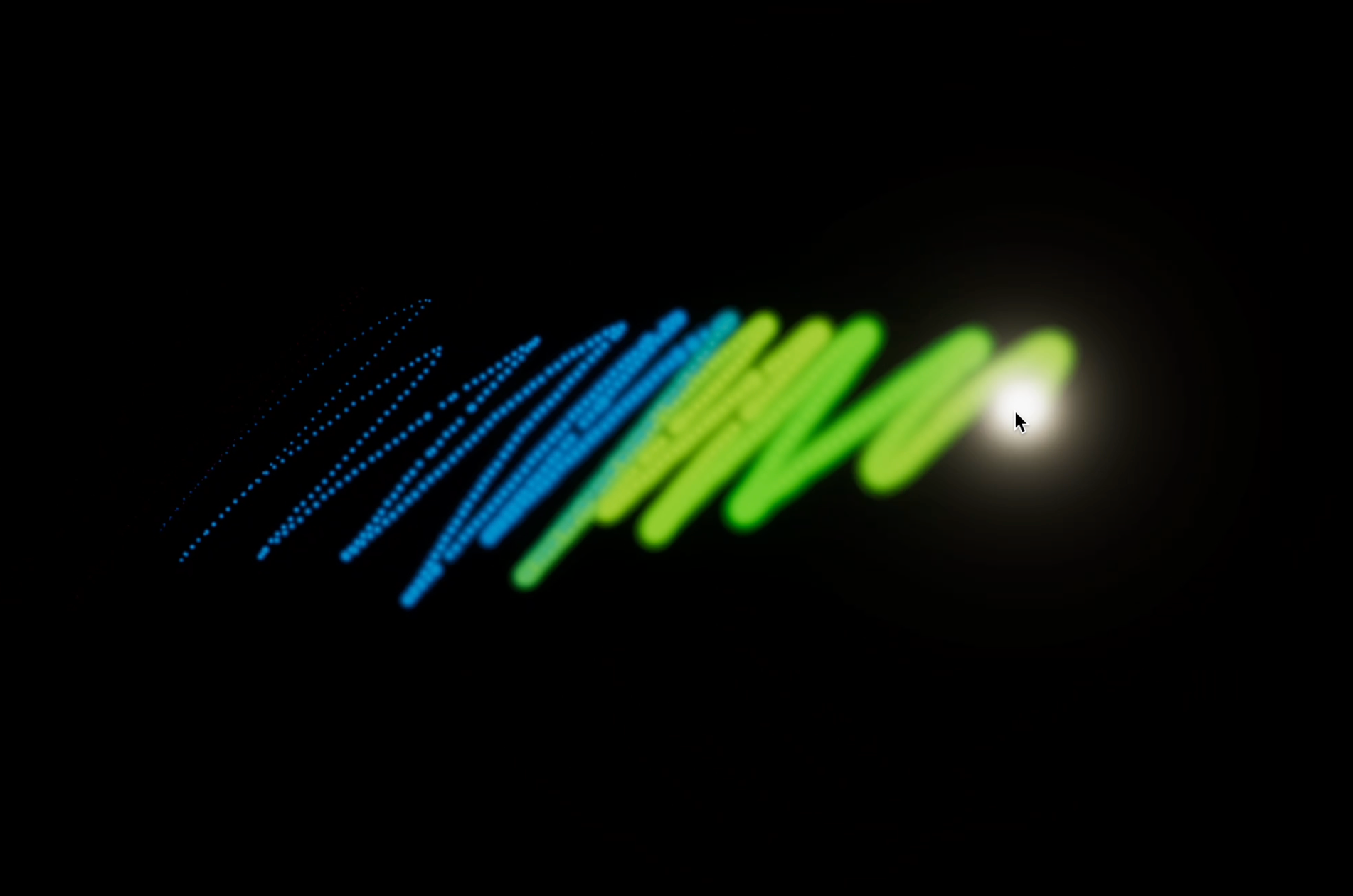
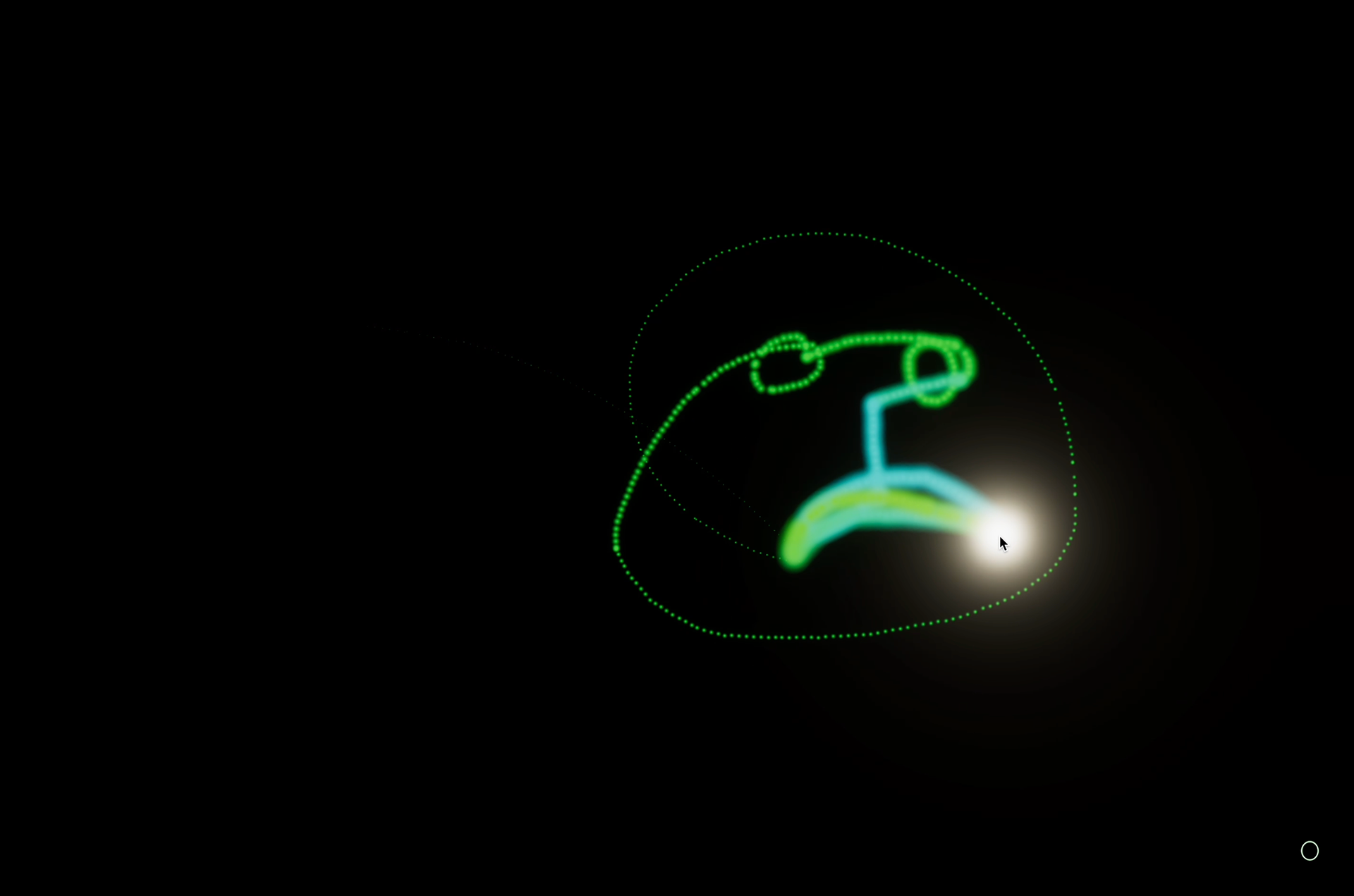
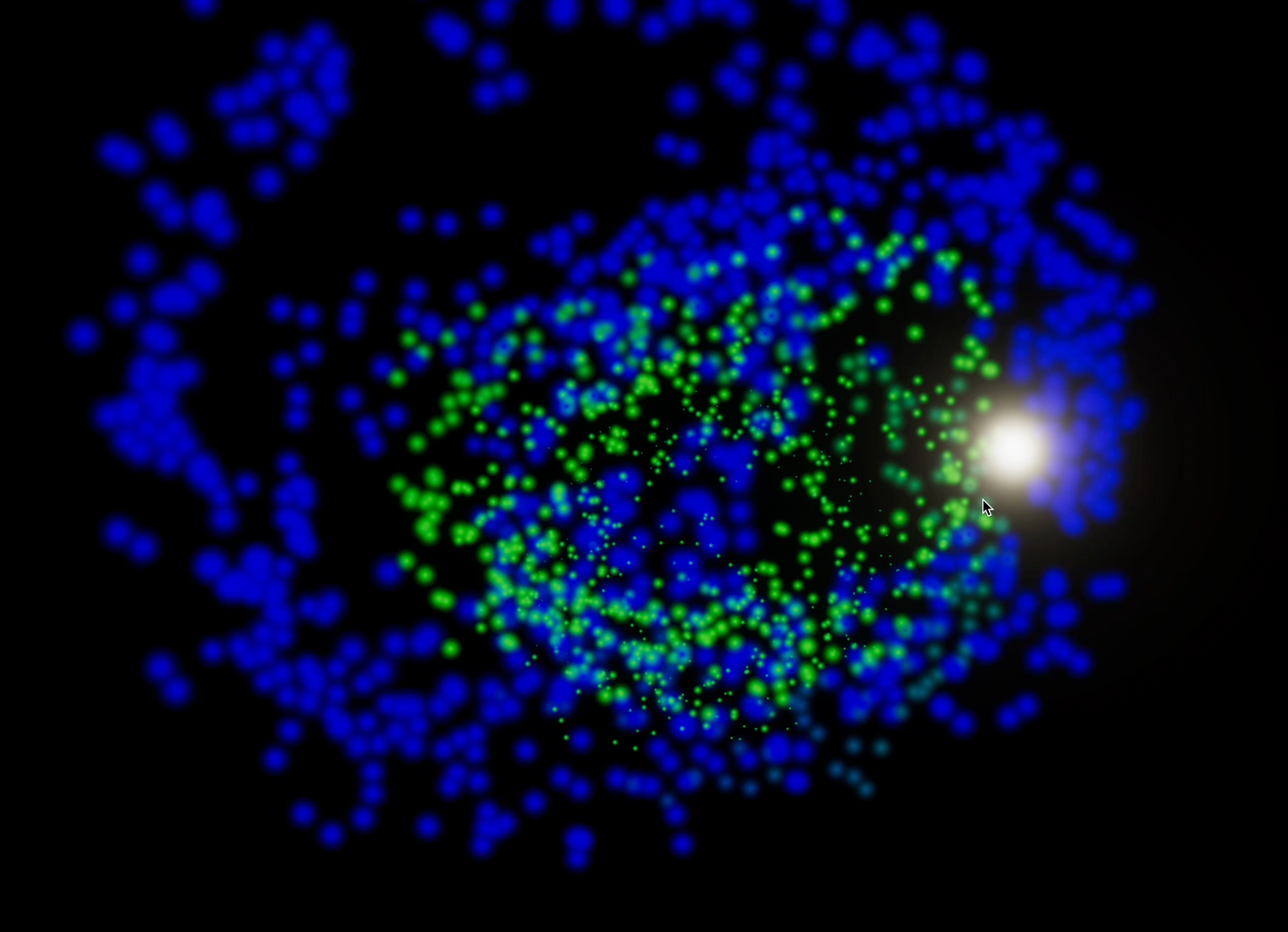
How It Works
During play time the sound is modified using keyboard input. The pitch, beat and volume of the oscillators can be adjusted. Altering the audio parameters changes the stroke and color of the paint brush. The spread of the brush increases and decreases with the audio volume. Higher volume results in a larger brush diameter and vice versa. The color of the paint is determined by the sound's pitch. The pitch-to-color mapping results in a color spectrum ranging from red to violet. A low pitch generates the color red, a high pitch creates violet paint.
The tool is built using Unity and Chunity to generate the audiovisual experience. The audio programming language ChucK is used to generate the sound. Unity is used to create the visual effects. An audio waveform and spectrum analysis is run in Unity to create the visual response to the change in sound. When user input occurs, an event is broadcasted to Chuck to modify the sound, which in turn modifies the visuals in Unity.
The tool is built using Unity and Chunity to generate the audiovisual experience. The audio programming language ChucK is used to generate the sound. Unity is used to create the visual effects. An audio waveform and spectrum analysis is run in Unity to create the visual response to the change in sound. When user input occurs, an event is broadcasted to Chuck to modify the sound, which in turn modifies the visuals in Unity.
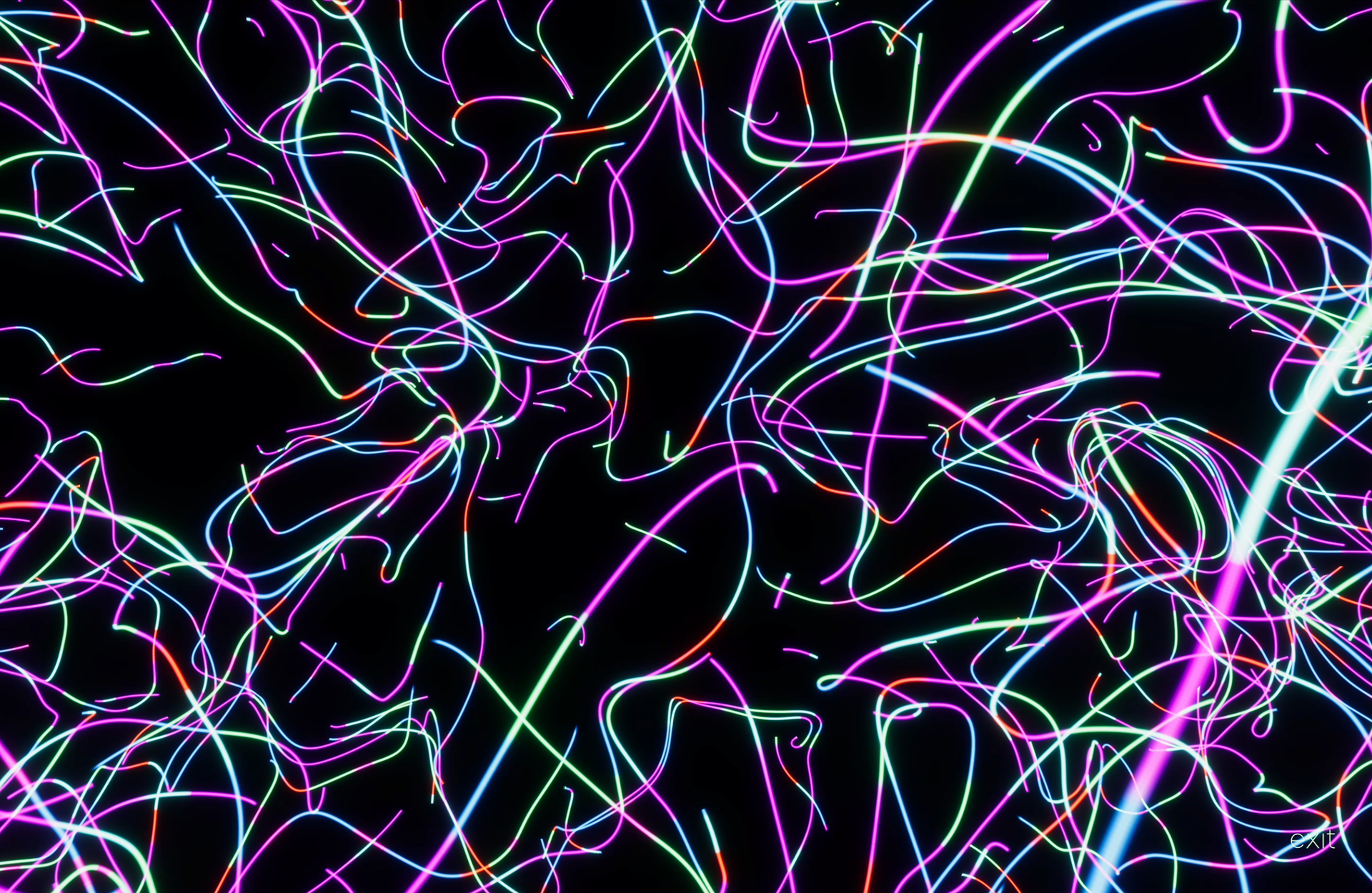
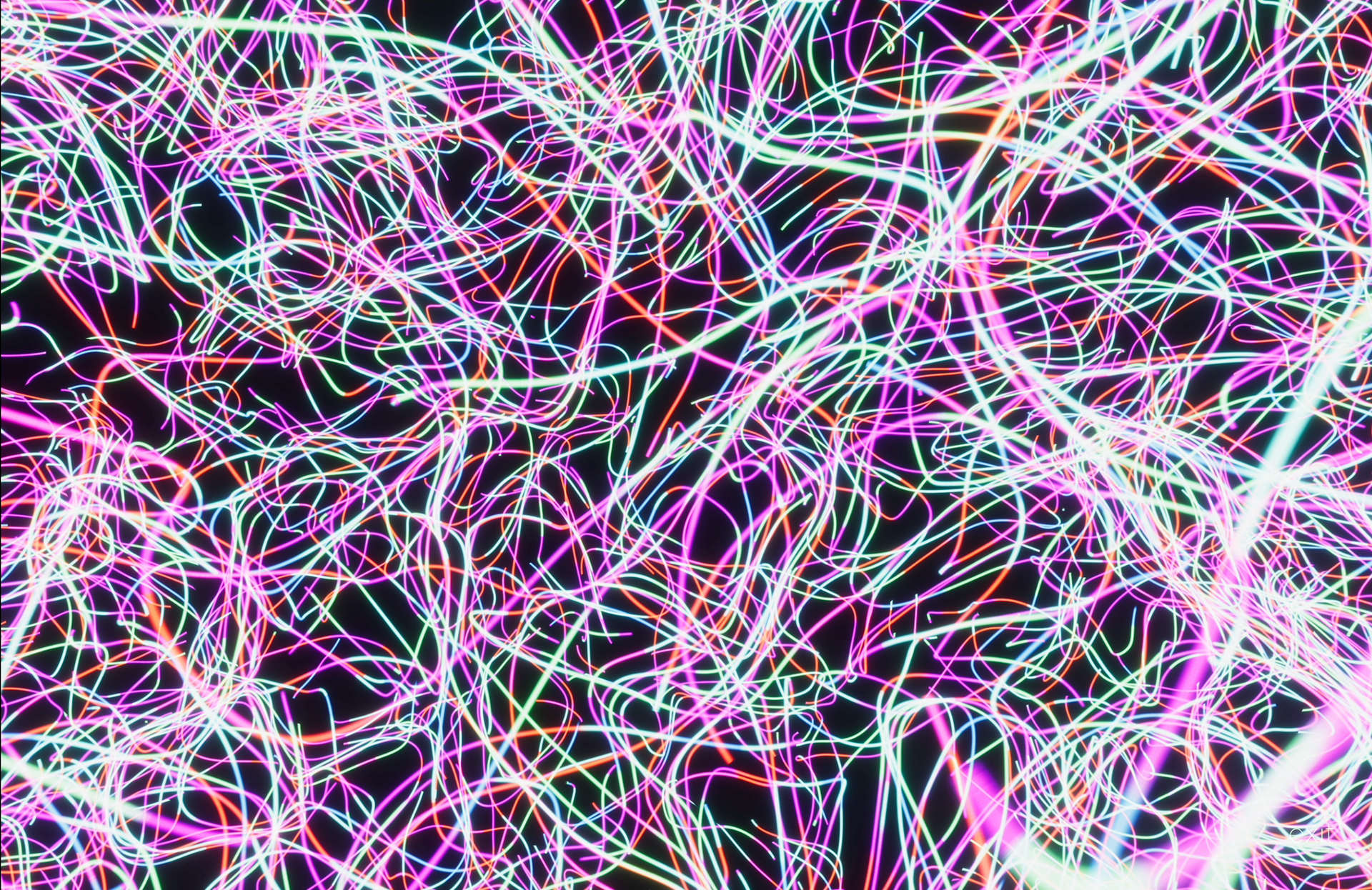
Tools
UI / Game Design - Unity, C#
Audio programming - Chunity, ChucK
Project makes use of this tutorial that reads microphone input and provides a waveform and spectrum array in Unity.
